1 Introduction
Power carrier communication is a unique and basic communication method for power systems. It refers to a technology that uses an existing power line to transmit analog or digital signals at high speed through a carrier. Since the widely used power line is used as the communication channel, no special maintenance channel is required, and the engineering cost is greatly reduced. This technology is widely used in street lighting control, power line security, harsh environment communication, etc., which require long distance and multi-node. However, due to the complexity and diversity of the domestic power grid, for example, when the residential power consumption peaks, a large number of loads are continuously connected and disconnected, which will cause different degrees of attenuation and interference to the carrier signal; when the carrier signal is modulated on the power line At the peak point of each AC cycle, the generated fixed pulse is very easy to lose the signal; and the existing power carrier module is expensive, and requires high-performance MCU support. Therefore, the power carrier needs a lot of research to achieve a wider application [1~2].
The purpose of this paper is to use the FSK modulation technology to realize power carrier communication, optimize the algorithm, provide a function interface, make the power carrier communication easier to use, and ensure the accuracy of communication data transmission is above 96%.
2 system overall design structure
The main function of the system is to realize that the upper computer sends data to the single-chip microcomputer through the serial port, and the single-chip microcomputer modulates the signal by FSK frequency modulation mode, and the carrier signal is coupled to the power line for signal transmission through the push-pull output circuit. At the other node of the power line, the carrier signal is restored to the original signal through the detection input circuit, the power amplifier circuit and the software algorithm, and after verification, it is sent to another host computer through the serial port. Both the signal output and the input provide a functional interface for subsequent development of user engineering [3].
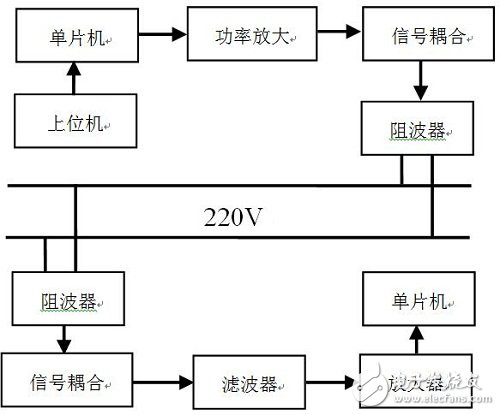
Figure 1 System overall design structure
3 system overall software design
3.1 System overall software flow chart
When the MCU starts running, after each timer, I\O port and system clock are initialized, it will wait for 5s, then detect the corresponding baud rate selection I\O port and power carrier mode select I\O port, complete all Initialization. After the program starts normal operation, the MCU will continuously receive the serial port signal and the power carrier signal, and will forward the signal after receiving the signal check.
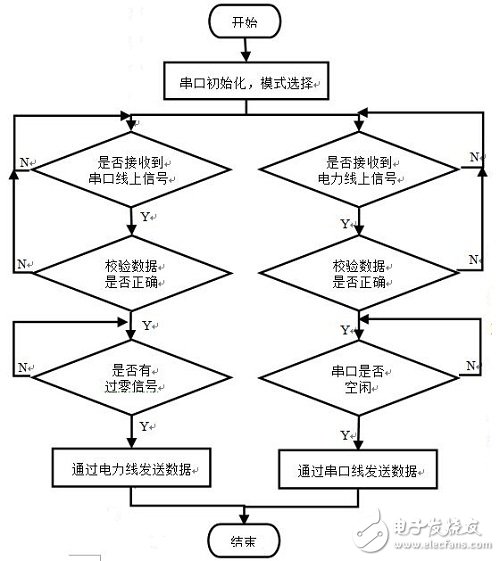
Figure 2 system overall software flow chart
3.2 Selection of power carrier mode
However, the zero mode is mainly used in the DC or no-voltage state, and the zero-crossing mode is mainly used in the AC state. Since the AC power used by the residents is 50 Hz, that is, in each cycle, there will be a peak-to-peak value and a peak-to-valley value. These two peaks have two large pulse interferences for the carrier communication transmission, that is, the power line. There is a fixed 100 Hz pulse interference. In addition, pulse interference such as 200 Hz or 300 Hz may occur in each harmonic. It is precisely because of these fixed interferences that the system must select the power carrier communication when the voltage crosses zero in the AC state, that is, the voltage of each harmonic is zero at the zero crossing point, thus avoiding the interference of the fixed pulse. To ensure the accuracy of data transmission [4].
As shown in FIG. 3 below, in the zero-crossing mode, a 50 Hz trigger pulse is generated by the function signal generator, and when the host computer transmits data 0xaa in a period of 10 ms, the output terminal of the signal coupling is detected. The carrier signal is transmitted every time the zero crossing occurs. When the zero crossing is not successfully detected, it waits for the next time the zero crossing is detected again. Each time a byte of data is transferred, plus the check digit and the start bit, the time of each transfer is about 1 ms.
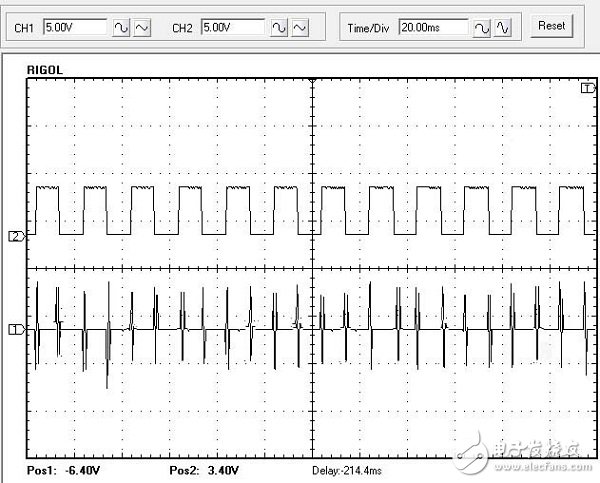
Figure 3 Actual measurement chart of zero-crossing mode
3.3 Using FSK to transmit carrier signals
In order to make the carrier signal transmission process have better anti-noise and anti-attenuation performance, FSK (Frequency-shift keying) digital modulation technology is adopted. The carrier frequency of 100k and 120k is provided by the single-chip PWM module, which makes the signal switching more convenient.
FSK frequency modulation technology, that is, binary frequency shift keying, is switched by the frequency of the carrier signal with constant amplitude as the input code stream changes (called treble and bass, representing binary 0 and 1). In this system, a carrier frequency of 120k is used to represent 0, and a carrier frequency of 100k represents 1. In order to reduce the discontinuity of the phase between each signal switching, and to send enough signals for the acquisition of the detection input, the transmission time of each bit is selected to be 100 ms. That is, 12 square waves will be sent at 120k, and 10 square waves will be sent at 100k, so there will be no extra waveform between the switching between 1 and 0.
Since there is a large capacitance on the side of the power line, a bit of 0 is sent as the start bit before each power line transmission. Otherwise, the first bit of data coupling is susceptible to the charge and discharge of the capacitor, and there is a large error.
3.4 Collecting carrier signals by multiple comparison methods
When the timer of the MCU collects the first signal input, an interrupt is generated, and the 100ms timer is turned on, the value of the current interrupt timer is recorded, and the signal is continuously collected. The interrupt timer is turned off until seven interrupts are acquired. Calculate the number of clocks between each interrupt, that is, calculate the frequency of the signal. When it is around 100 kHz, the flag of 1 is incremented by 1. When it is around 120 kHz, the flag of 0 is incremented by one, and finally the bit is judged. Value. When the 100ms timer overflows, the interrupt timer is restarted and the next bit of data is accepted until all data reception is completed. If the interrupt timer has not been interrupted for 100ms until it overflows, the received data is cleared and the signal input is re-waited.
11.1V Lithium-ion Battery Pack
When using lead-acid batteries, frequent maintenance and replacement is necessary. This will increase the cost for the investment in batteries. Although the investment of lithium batteries could be higher at first, you can enjoy the good return in the long term. The lithium batteries gives a longer lifespan as you can discharge them for more cycles and use with less maintenance before replacement.
The Advantages of Lithium-ion Battery Pack
1.Higher energy density
The higher energy density of lithium-ion battery pack means we are going to get more power out of the same physical size cell than we could get from a lead-acid battery. So when using lithium-ion battery for electronic gear, it means more runtime but less weight.2.Less weight
Less weight could be a big advantage for most electronic applications that need to be in a compact size and lightweight for use, including mobile applications, robots, drones, floor scrubbers, RVs. A lot of power is used for those devices, so less weight would be certainly an advantage for mobile applications.3.Thousands VS hundreds of cycles
More cycles are an advantage by a lithium product we`re gonna get. You know the lithium batteries could provide thousands of cycles versus lead-acid batteries which only offer hundreds of cycles. It is a big difference in the cycling ability of lithium over lead-acid batteries.4.Charge and discharge rate
We are able to discharge a lithium product much quicker than that of a lead-acid product and get the same capacity. If the lithium-ion battery pack is discharged to 80%, you can still get a good lifespan. But doing that with a lead-acid battery will damage its lifespan. Generally, a lead-acid battery can only use fifty percent of the discharge. The recharge time is quicker on a lithium product as well especially if we have a charger that`s large enough to put the capacity back. The lithium-ion battery packs have a low self-discharge rate of only 1-2% per month.
5. Less Maintenance
When using lead-acid batteries for power supply, regular maintenance is essential to ensure the battery performance. However, when purchasing lithium-ion batteries for power use, less maintenance is required. The lithium-ion cells is more stable with good performance. It saves a lot of time for maintenance and cost for replacement.
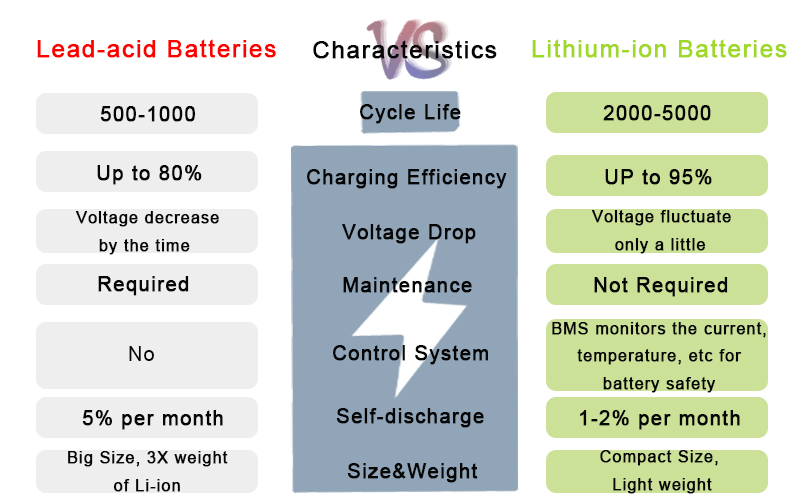
Lithium-ion battery pack Application
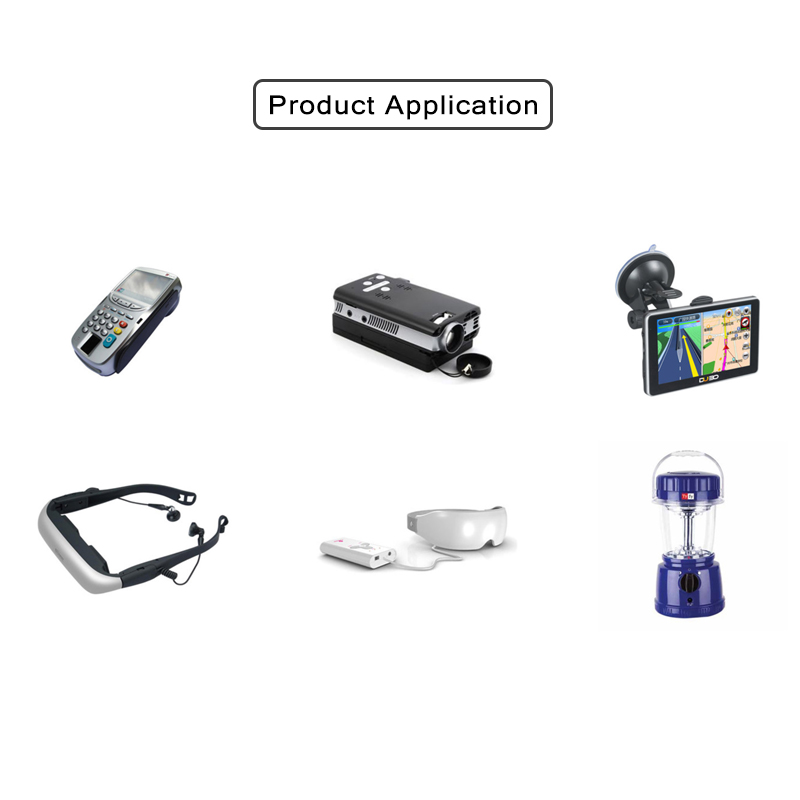
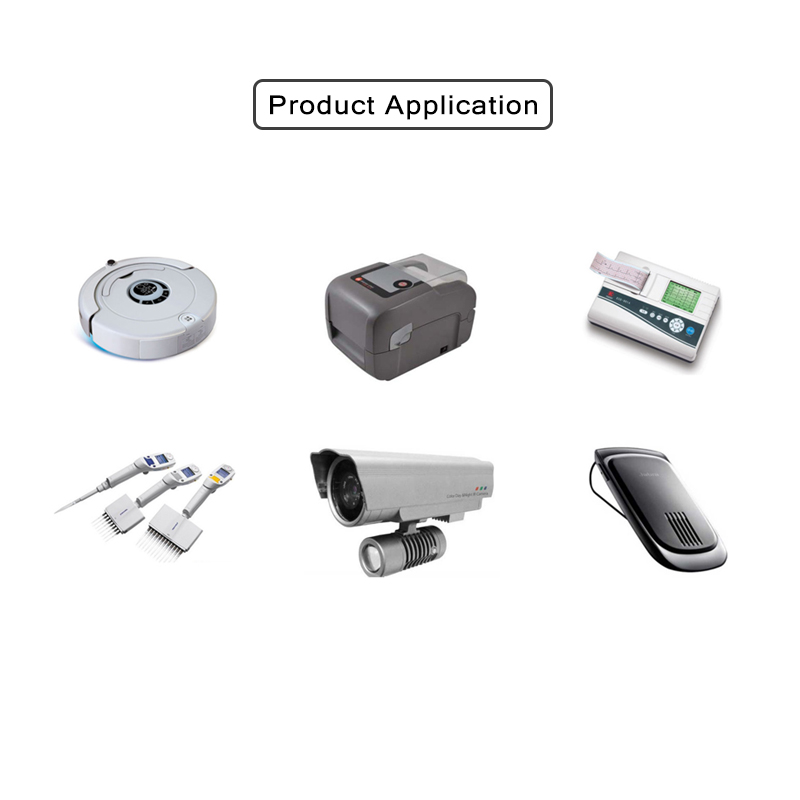
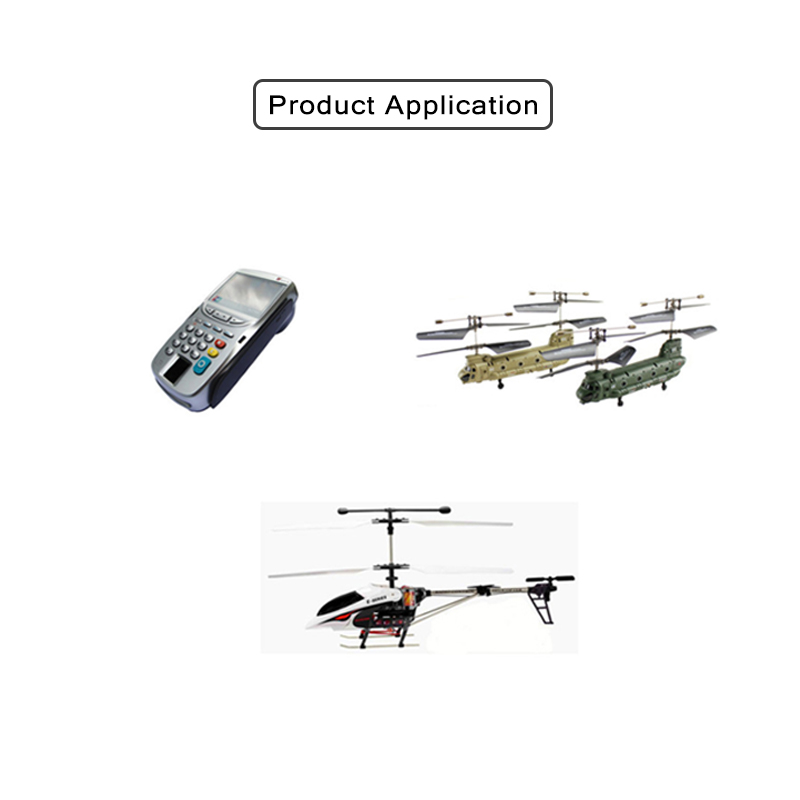
11.1V Lithium-Ion Battery Pack,Solar Lithium Ion Battery,Lithium Ion Battery Rechargeable,Rechargeable Lithium Battery
ShenZhen UFO Power Technology Co., Ltd. , https://www.ufobattery.com